An 'aggregation' is a record that acts as a root or pivot point for a group of other records that share a common trait that is not part of their attributes. For example, you may wish to aggregate all records that have a connection to World War II but don't have any particular trait that indicate this.
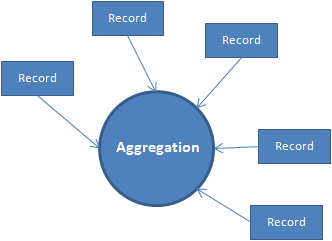
The Aggregation record itself is a record of type Aggregation that has a name and description, that these records can point to.
Aggregation records also allow you to define various strings for queries, layout and filters.
To create an Aggregation
Note. Ensure the Aggregation record type is enabled in Record Types screen:

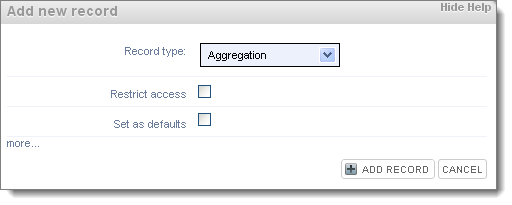

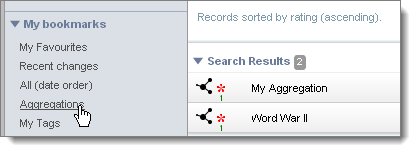
To add a record to an aggregation
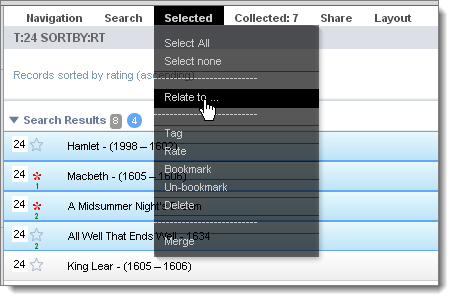
For example:
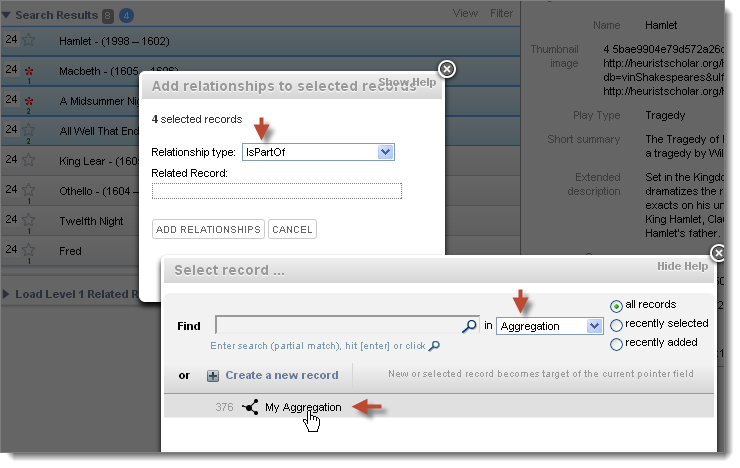
You can see the records relate to this aggregation in the Related (or Relationship Tab) section of the record:
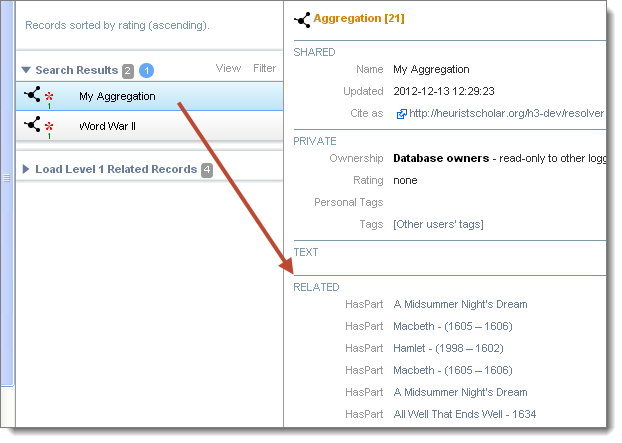
A cross-tabulation is a way of calculating counts of aggregations sorted by category.
Imagine value (that we set to Var 1) is the value of a colour system that has the entire spectrum of colours encoded as numbers. Numbers that are close to each other represent colours that are close to each other. Imagine that the type field (that we set to Var 2) indicates what material the potsherd is made out of. We can use a cross-tabulation to generate instant categories by splitting up the entire range of entered values into 10 buckets, or deciles. This allows us to see, for example, that the range 100128 ~ 198607 contains the most examples in our database.
To run a simple cross-tabulation
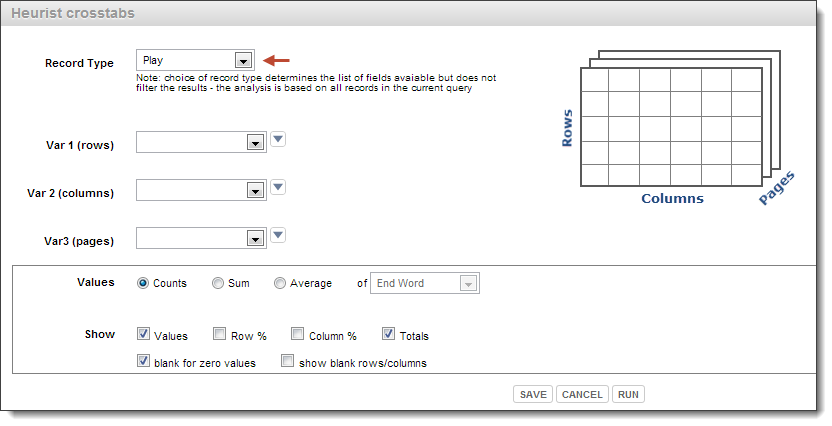
This produces a tabulation of the data in the selected fields.
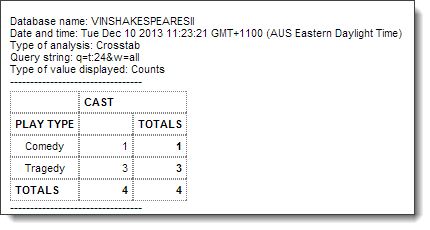
Note. Save functionality is not yet implemented.
Created with the Personal Edition of HelpNDoc: Free CHM Help documentation generator